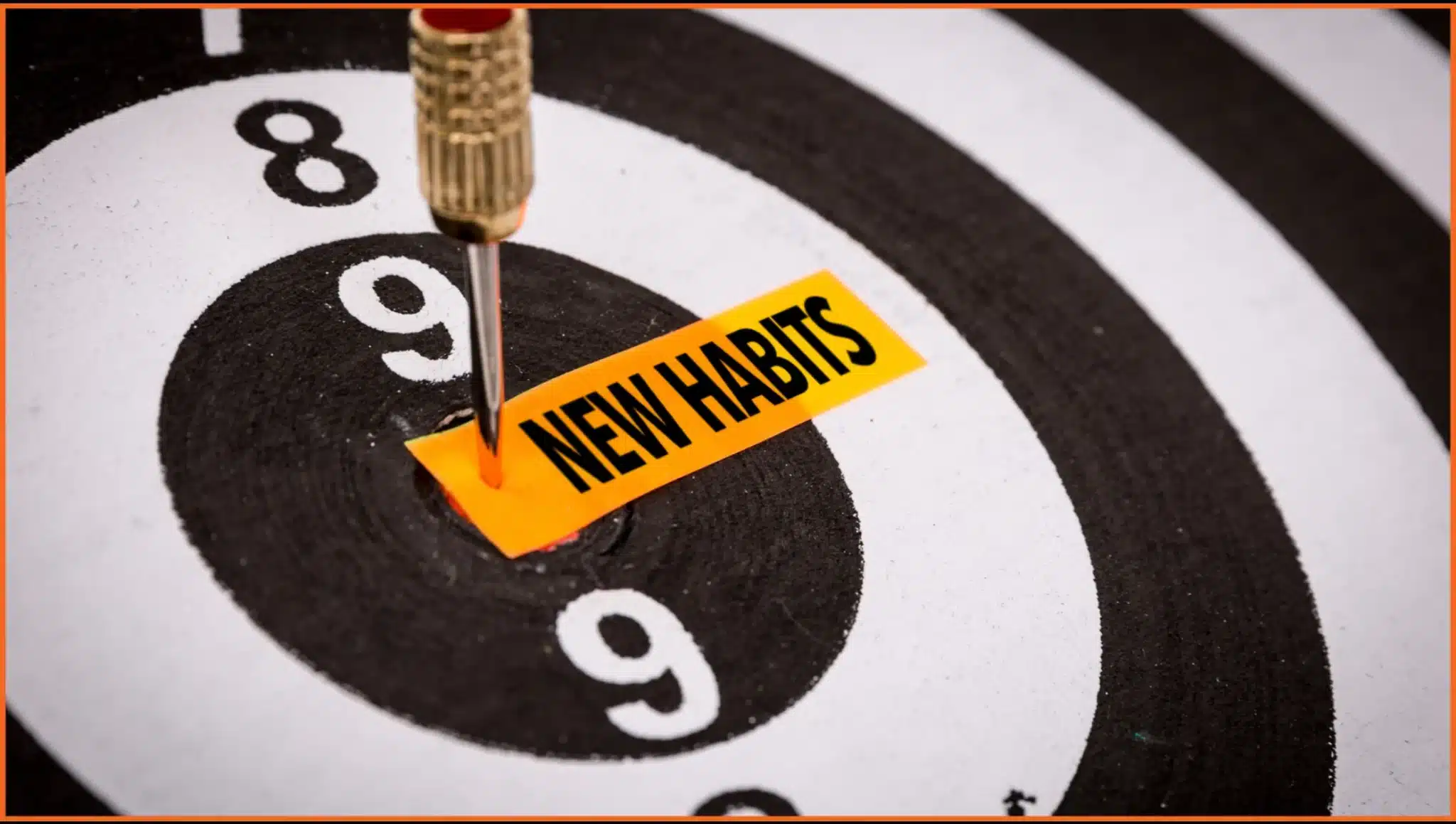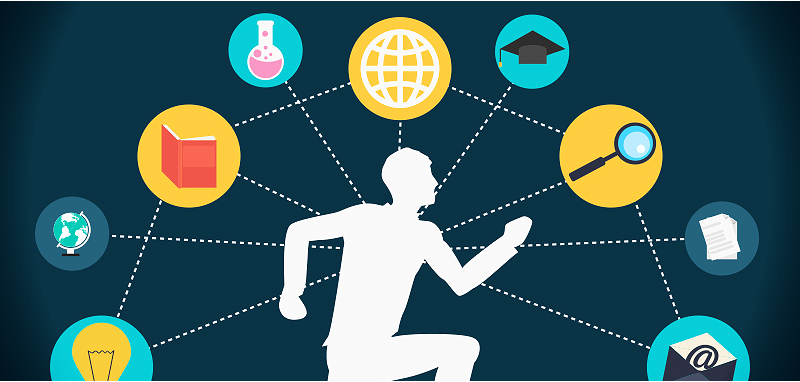Jim Rohn once said, “You can’t hire someone else to do your push-ups for you.” As L&D professionals, we often find ourselves reflecting on this very sentiment. In our experience at FocusU, we’ve noticed that this mindset shift – from external dependence to internal ownership – can make or break both individual and organizational success.
Take the gym analogy. A coach can offer expert advice, customized plans, and motivational support. But unless the individual actually shows up, lifts the weights, and eats mindfully, the results won’t come. The same logic applies to corporate learning: training sessions, performance reviews, and feedback tools are all resources. The real transformation happens when learners take ownership.
Related Reading: Why Ownership Matters – Part 2: 3 Practical Ways to Build a Culture of Accountability
What Is Ownership Really About?
Table of Contents
Ownership is more than meeting deadlines. It’s a mindset. A belief that your effort, your attitude, and your follow-through directly impact outcomes. In our workshops and coaching conversations, we define ownership as taking full responsibility for outcomes, not just actions.
Here are a few ways we’ve seen ownership (or the lack of it) show up in organizations:
- Passing the buck when things go wrong
- Doing the bare minimum because “that’s not my job”
- Waiting for instructions instead of taking initiative
These behaviors cost teams momentum, leaders credibility, and organizations money. On the flip side, a culture of ownership:
- Builds trust
- Increases efficiency
- Enhances customer experience
- Improves innovation and agility
Ownership Is Personal Before It Becomes Cultural
We often ask leaders, “Do you take more ownership of your team’s performance than they do?” If the answer is yes, the problem likely lies in the culture; and it often begins with how people take ownership in their own lives.
In our team coaching engagements, we’ve seen that when individuals don’t feel empowered in their personal lives, it’s harder for them to own outcomes at work. They defer decisions, avoid accountability, and default to compliance over commitment.
Language of Low Ownership
You can often spot low-ownership cultures through the language people use:
- “I wasn’t told to do that.”
- “That’s not in my JD.”
- “Let me check with my manager first.”
- “I did my part.”
In contrast, high-ownership teams speak a different language:
- “Let me see how I can help.”
- “We need to fix this.”
- “Here’s what I suggest we try.”
It’s not about hierarchy. It’s about mindset.
The Cost of Low Ownership
In our experience, the cost of low ownership shows up in multiple ways:
- A customer issue unresolved because it didn’t belong to anyone’s “role”
- Delays in approvals because no one wants to be accountable for a tough call
- Products with quality issues because teams did only what was “assigned”
Every time someone says “It’s not my job,” the organization pays for it—in inefficiency, disengagement, and lost opportunities.
What Fuels Low Ownership?
Through our diagnostics and facilitation, we’ve observed several factors that suppress ownership:
- Fear-based leadership: When people are punished for mistakes, they stop taking initiative.
- Micromanagement: When employees are never trusted to take a call, they stop trying.
- Lack of context: When people don’t understand the bigger picture, they don’t see why their work matters.
- Siloed structures: When departments don’t collaborate, employees feel “boxed in” by their roles.
Related Reading: How To Break Silos Within An Organisation?
So, Why Does Ownership Matter?
Because organizations don’t scale on the backs of a few. They scale when everyone, regardless of level, owns outcomes. Because leadership is not a title. It’s a behavior.
In our workshops, we often run a simple exercise: we present a challenging situation and ask teams to role-play their response. Without fail, high-ownership teams:
- Ask more questions
- Offer cross-functional solutions
- Show empathy for the end user
Low-ownership teams, on the other hand, default to blame, defensiveness, or silence.
Ownership Isn’t Genetic. It’s Cultivated.
The good news? Ownership can be taught, modeled, and nurtured.
In Part 2 of this series, we’ll explore:
- How to build a culture of ownership from the ground up
- How leaders can model ownership behaviors
- How L&D can design programs that build accountability into everyday actions
We’ll also share case examples from our client engagements, including stories where a shift in ownership mindset transformed not just individual careers, but entire teams.
Are you ready to take ownership of building a high-performing culture?










